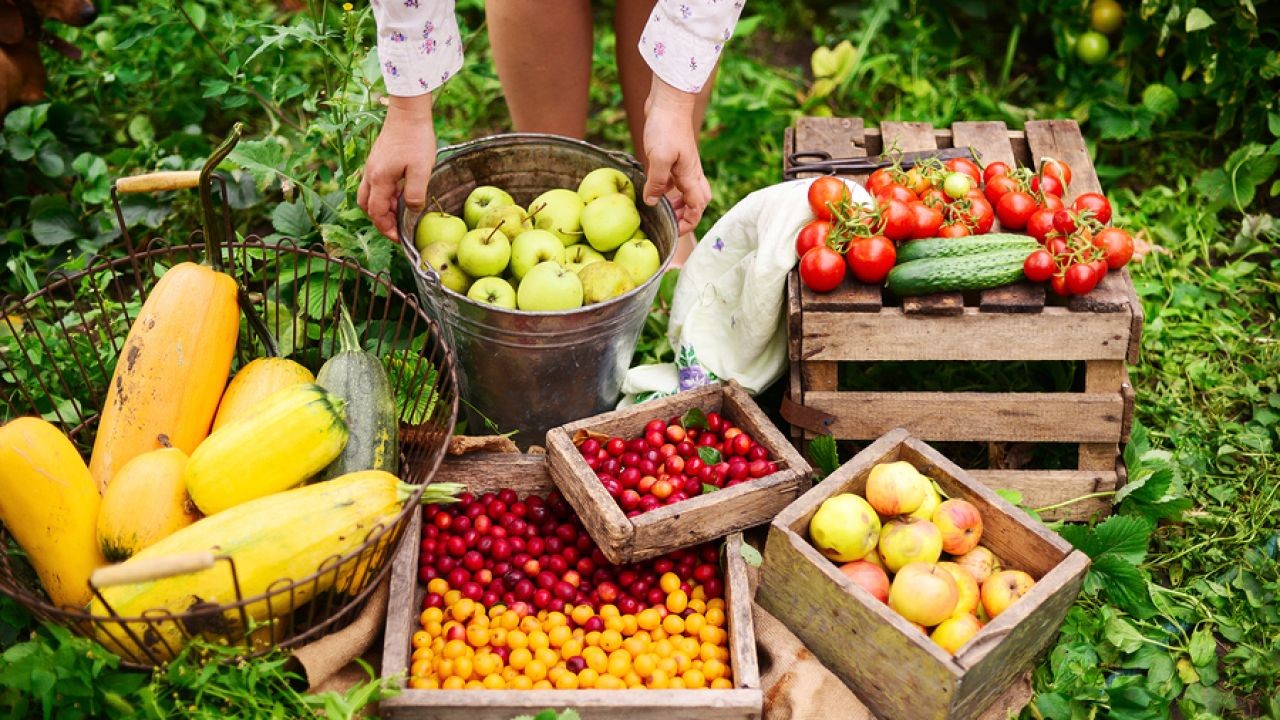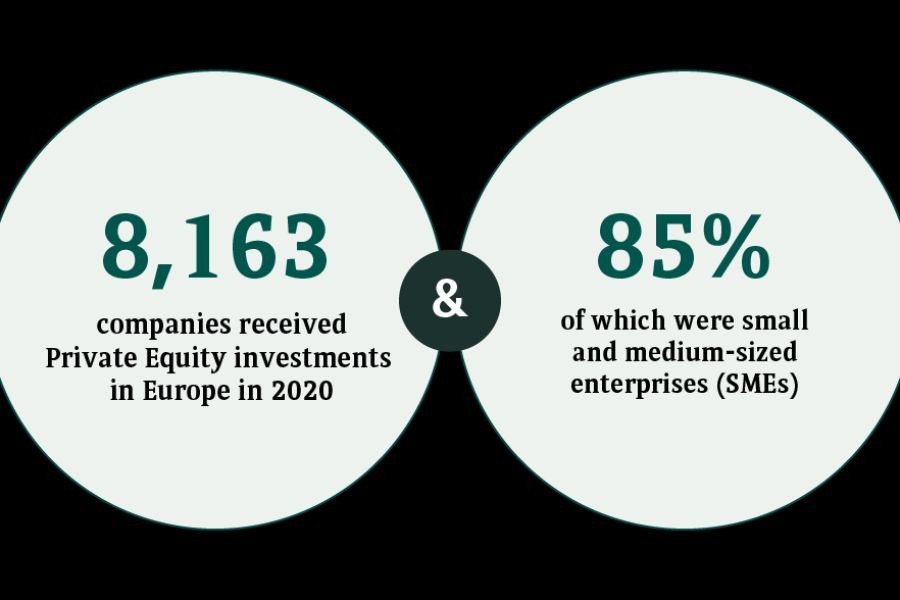Imagine savoring a meal where every ingredient tells a story: a journey from farm to table, capturing the essence of New Zealand's rich agricultural landscape. With a growing global trend towards sustainability and authenticity, the farm-to-table dining experience offers both a culinary delight and a profound connection to the earth. But how can one truly experience this in New Zealand, a country known for its pristine environments and vibrant food culture? This article delves into the intricacies of farm-to-table dining, providing insights into its growing popularity and the economic and cultural factors that make New Zealand an ideal setting for such experiences.
The Rise of Farm-to-Table: A Global Perspective
Farm-to-table dining has become a global movement, emphasizing locally sourced ingredients and minimizing the distance food travels from production to plate. This movement reflects a broader shift towards sustainability, health consciousness, and support for local economies. In the United States, the number of farmers' markets has surged by over 300% in the past decade (Source: USDA), showcasing the demand for fresh, locally sourced produce.
New Zealand's Unique Position
In New Zealand, the farm-to-table movement is not just a trend; it is deeply embedded in the country's culinary identity. The Ministry for Primary Industries (MPI) notes that New Zealand's agricultural sector contributes significantly to the national economy, with dairy, meat, and horticultural exports leading the way. This robust agricultural foundation supports a thriving farm-to-table culture, offering diners not just a meal, but a taste of New Zealand's terroir.
Why Farm-to-Table Matters in New Zealand
Farm-to-table dining is particularly relevant in New Zealand due to several factors:
- Environmental Concerns: With increasing awareness of climate change, consumers are more conscious of their carbon footprint. The farm-to-table model reduces food miles, aligning with New Zealand's commitment to environmental sustainability.
- Economic Support: According to Stats NZ, the agricultural sector employs a significant portion of the workforce. By supporting local farms and producers, farm-to-table dining helps sustain these jobs and contributes to the local economy.
- Cultural Identity: New Zealand's diverse landscapes offer a variety of unique produce. From the vineyards of Marlborough to the orchards of Hawke's Bay, each region contributes distinct flavors that enrich the country's culinary tapestry.
Steps to Experience Farm-to-Table in New Zealand
To fully immerse in a farm-to-table experience, consider the following steps:
- Research Local Farms: Identify farms that offer tours or have partnerships with local restaurants. Websites like Farmstay New Zealand provide resources for locating nearby farms.
- Visit Farmers' Markets: Engage with local producers at farmers' markets. The Auckland Farmers' Market and Wellington's Harbourside Market are excellent places to start.
- Dine at Farm-to-Table Restaurants: Choose eateries known for sourcing their ingredients locally. Restaurants like The Farm at Cape Kidnappers and Roots Restaurant in Lyttelton are renowned for their commitment to local produce.
- Join Farm Tours and Workshops: Participate in farm tours and workshops to learn about sustainable farming practices and the journey of food from farm to plate.
Case Study: Roots Restaurant, Lyttelton
Problem: Roots Restaurant faced the challenge of standing out in a competitive food scene while maintaining sustainability.
Action: By sourcing 90% of its ingredients from within a 100 km radius, Roots committed to a true farm-to-table approach. They partnered with local farmers and fishermen, ensuring fresh and seasonal menus.
Result: The restaurant received the Cuisine Good Food Award for its innovative, sustainable dining experience. Customer satisfaction increased, and the restaurant witnessed a 25% rise in patronage within a year.
Takeaway: Roots' success demonstrates the viability of the farm-to-table model in enhancing customer loyalty and business sustainability.
Data-Driven Insights: The Economic Impact
According to the Reserve Bank of New Zealand, the agriculture sector contributes approximately 5% to the GDP. With the farm-to-table movement gaining traction, there is potential for this figure to grow as local businesses capitalize on the demand for sustainable dining.
Consumer Trends
A survey by the Ministry of Business, Innovation, and Employment (MBIE) revealed that 65% of New Zealanders prefer dining at establishments that prioritize local sourcing. This preference underscores a shift towards supporting the local economy and sustainable practices.
Pros and Cons of Farm-to-Table Dining
While the farm-to-table model offers numerous benefits, it is not without its challenges:
Pros:
- Fresher Ingredients: Locally sourced foods are fresher and often more nutritious.
- Environmental Benefits: Reduced carbon footprint due to shorter transportation distances.
- Economic Support: Strengthens local economies by supporting farmers and producers.
- Cultural Enrichment: Promotes regional specialties and culinary traditions.
Cons:
- Seasonal Limitations: Availability of certain ingredients may be restricted to specific seasons.
- Higher Costs: Locally sourced foods can be more expensive due to smaller production scales.
- Supply Chain Challenges: Maintaining a steady supply of local produce can be difficult, especially in adverse weather conditions.
Myths and Misconceptions
Despite its popularity, several misconceptions surround the farm-to-table movement:
- Myth: Farm-to-table is only for upscale dining. Reality: Many casual and mid-range restaurants have adopted this model, making it accessible to a broader audience.
- Myth: It's just a marketing gimmick. Reality: Genuine farm-to-table establishments often have transparent sourcing practices and partnerships with local producers.
- Myth: Local sourcing limits menu variety. Reality: Chefs often use creativity to craft seasonal menus that highlight the best of local produce.
Future Trends: The Evolution of Farm-to-Table
As New Zealand continues to embrace sustainability, the farm-to-table model is poised for growth. According to a recent report by Deloitte, the demand for sustainable dining is expected to increase by 30% over the next five years. This trend suggests a promising future for businesses that prioritize local sourcing and sustainability.
Conclusion
Experiencing a farm-to-table dining experience in New Zealand is more than just a meal; it's a journey into the heart of the country's rich agricultural landscape. By supporting local farmers and embracing sustainability, diners can enjoy fresh, flavorful dishes that tell a story of provenance and care. As the demand for sustainable dining grows, New Zealand's farm-to-table movement offers both a culinary adventure and a meaningful way to support local economies.
Are you ready to embark on your own farm-to-table journey in New Zealand? Share your experiences and favorite farm-to-table restaurants in the comments below!
People Also Ask
- How does farm-to-table dining impact New Zealand's economy?Farm-to-table dining supports local farmers, contributing to the agricultural sector which represents about 5% of New Zealand's GDP (Reserve Bank of NZ). This model enhances local economies and promotes sustainability.
- What are the biggest misconceptions about farm-to-table dining?A common myth is that farm-to-table is only for upscale dining. In reality, many casual restaurants have adopted this model, making it widely accessible.
- What are the best strategies for implementing farm-to-table dining?Start by establishing partnerships with local farms, focus on seasonal menus, and ensure transparency in sourcing to build trust and authenticity.
Related Search Queries
- Farm-to-table restaurants in New Zealand
- Sustainable dining in NZ
- Local produce markets NZ
- Environmental impact of farm-to-table
- Benefits of eating local foods































RonnieAllc
8 months ago